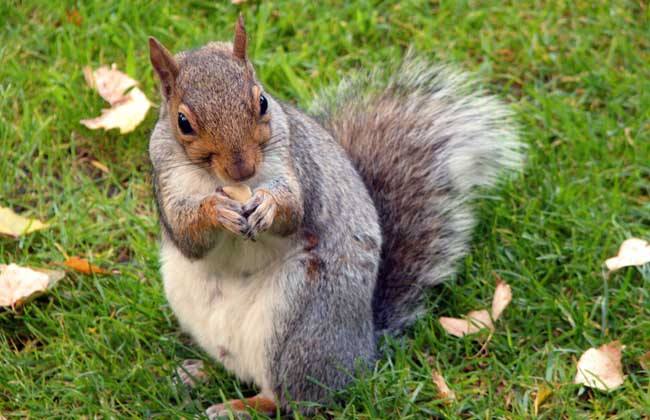This is Scientific American — 60-Second Science. I'm Steve Mirsky.
We humans sometimes use a memory technique called chunking. For example, with phone numbers we usually remember the three-digit chunk and the four-digit chunk. Two items instead of seven.
"Well, the way I think about chunking is it's any shortcutting strategy or mnemonic device that would allow an animal, be it human or otherwise, to increase their memory capacity and improve recall." Mikel Delgado, an animal behaviorist now at U.C. Davis.
"And so in the case of the research I was doing in this study, I wanted to know if squirrels would basically arrange their nuts in a way that might facilitate either recall of the location or recaching and redistribution of those nuts later, making it more convenient for them to remember where nuts were stored—because they stored nuts of a similar type or value in similar locations spatially."
Delgado looked for this spatial chunking among 45 fox squirrels on the campus of U.C. Berkeley, where she got her doctorate in August.
"So we gave each squirrel 16 nuts...our each of four different types...so the types were almonds, hazelnuts, walnuts and pecans."

"And so we'd give the squirrel the first nut, they'd go bury it. We would follow them from a distance until they had finished caching, or burying it. We recorded the GPS location where they'd buried the nut. And then we lured them back to the original location where they received the first nut to give them the second nut. And so we did that every single time."
"And so the other location condition was basically a lot faster and easier where we gave the squirrel the first nut, they buried it, and then we gave them the second nut right where they buried the first one."
And when the squirrels got all their nuts from a central location, they spatially chunked them: "So they would actually cache nuts that were the same species in distinct areas from nuts of a different species...so the take home message I think for me is really that just like physical traits have evolved, I believe that cognitive traits have evolved as well. And a memory process that's very common in humans, this chunking, is a strategy that works for other species."
The study is in the journal Royal Society Open Science.
Why the critters did not spatially chunk when they received nuts in different locations is not clear. To do so might have been too energetically costly. It's also possible that it's beyond their cognitive capacity—although anyone who has tried to squirrel-proof a bird feeder knows that squirrels have a lot of cognitive capacity.
Thanks for listening the Scientific American — 60-Second Science Science. I'm Steve Mirsky.












